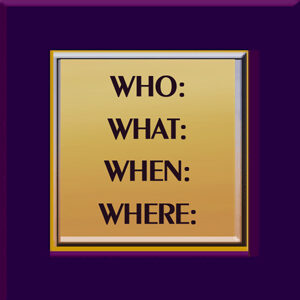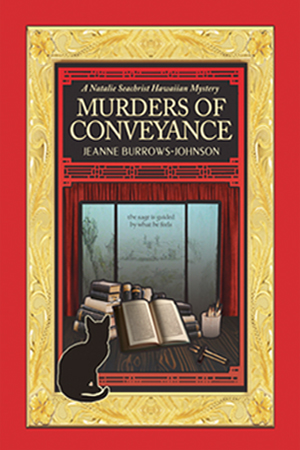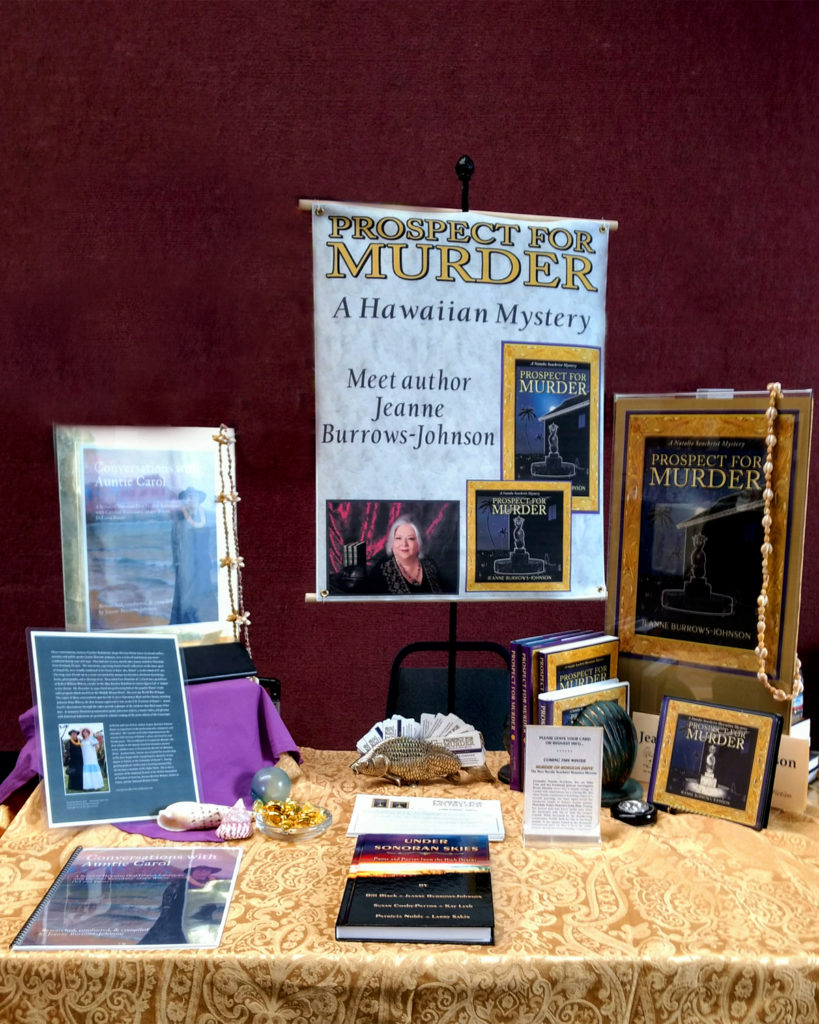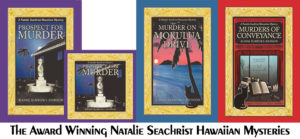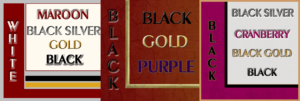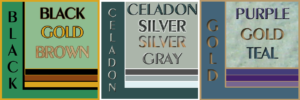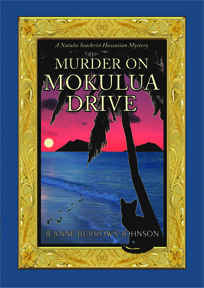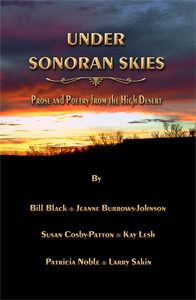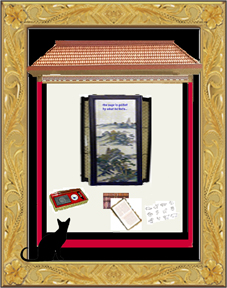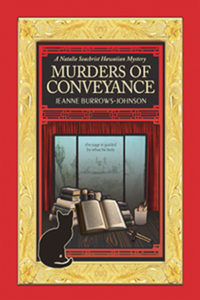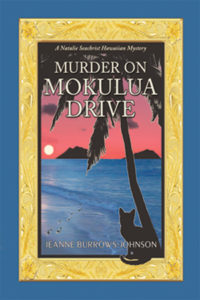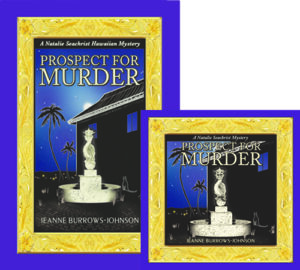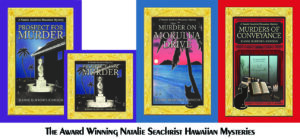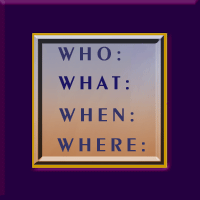
DEVELOPING DYNAMIC MEDIA RELATIONS
Applying the art and science of writing is only part of the equation for achieving professional goals and objectives as an author. Successful branding rests on myriad authoring strategies…including positive media relations. Like most aspects of your work, you will need to invest time, effort, and occasional infusions of money into researching, establishing, and maintaining good relations with the media. As you think about preparing your outreach to the media, remember that you are moving into the realm of commercial writing, which requires you to employ concise verbiage that directly addresses the needs and interests of a specific audience. The bottom line is to follow the rules set down by each media outlet…
KNOW YOUR MEDIA OUTLETS
A key element in any branding program is determining which media outlets [ranging across print, broadcast, and On-line platforms] are appropriate for shining a spotlight on your current project. Once you’ve completed compiling notes of interest about each—including the demographics of their patrons—you will need to establish relationships with their journalists and perhaps one or more of their department heads. Regardless of whether you’re going to contact staff or management, a personal salutation is always good. After all, looking to the future, there’s no telling what a person’s next job may be…or how you might reconnect with them to your mutual benefit.
NETWORKING WITH MEDIA CONTACTS
With your background work complete, you’re ready to launch regular rounds of communication with media contacts. Despite interaction you may have had in the past, you will need to follow up on any leads you’ve just uncovered. Is there a department or individual journalist for whom your current or future work will be of particular interest? Is there a community event for which your work fits well? Can you make a donation…or otherwise interact with a newsworthy non-profit or organization which may be participating in the event? Can you send out a tasteful PSA focusing on the group while increasing your public visibility?
As an author, it’s easy to rely heavily on your effective writing rather than speaking skills when examining how to broaden your community involvement. But when an opportunity arises to visit with a media specialist personally, you can broaden your talent in the genteel art of verbal communication. Through such contact, you should be able to affirm the media’s awareness of you and glean new facts about their individual needs and desires.
Even if you haven’t had an opportunity to meet media representatives you plan to contact, you can send out press releases highlighting your noteworthy work. What constitutes a newsworthy announcement? Chiefly, the topic must be appropriate to the specific media outlet and their concrete as well as virtual community. For example, you wouldn’t send a notice about a program for elementary school children to a magazine for Seniors—unless that demographic is notably involved in the activity.
TIMELY MEDIA RELEASES
If there is an element of time involved (such as a holiday event), it’s more likely the media outlet will grant you attention IF you’ve contacted them with sufficient lead time. There are two simple ways to determine each media outlet’s deadlines: Pay for a subscription to a detailed media list; or, build your own record for each of your preferred media outlets. Even if you have an annual subscription to one or more media contact data bases, the information can quickly become outdated, so unless the provider of a list sends out updates, you’ll have to check with each media organization periodically.
If you’re creating a media list yourself, you’ll need to gather the following information: The names of each organization and their key personnel; a street address for drop-offs; a mailing address if it differs from the physical address; phone and fax numbers and email addresses for pertinent departments. As you become acquainted with individuals within each organization, they may provide you with additional contact information.
The creative process an author uses to facilitate communication with their audience must be dynamic. Consider the following scenarios that can motivate you to communicate with local, regional, national, Internet, and even international media outlets:
WIN A CONTEST, AWARD OR SCHOLARSHIP?
Media outlets are always interested in stories of success, especially if they address a segment of their niche market. Make sure you indicate the importance of the organization recognizing you with an award.
SPECIAL EVENTS
Even if the organizers of an event are sending out media releases, you can submit your own in a distinctive format that highlights your particular contribution.
political campaigns
AWARDED A NOTEWORTHY POSITION, CONTRACT, OR COMMISSION?
Send out a media release, including copy that demonstrates the stature of an individual, business or organization that grants you a noteworthy position, contract or commission. granting it to you. You can also provide periodic releases reporting on significant stages of progress in your work. Be sure to mention newsworthy persons who may have become involved in the project. This could include a high profile woman or man whose image will be associated with your final product, be slated to read your text in an audio publication, or perform as the MC at an event you are managing personally. By the way, this includes political, religious or volunteer activities in which you may be involved.
You may be wondering if there’s any way of ensuring your media release will receive positive attention and be acted upon as you desire. The simple answer is no. Admittedly, it helps to get your information released if you’re prominent in your field. Your main concern should be avoiding being perceived as wasting a media professional’s time. If your material and its content doesn’t appear relevant, not only will it minimize the possibility of coverage of your current plea for attention, but it also decreases the likelihood that your next outreach will be greeted with joy.
When selecting between two or more potential news items to promote, you should remember that the most popular topics for garnering media attention are connected to children, elders, or non-profit organizations. That’s why it is beneficial to team up with such groups within your community on appropriate projects. Not only will such associations gain media attention, but they will bring loyal followers to your future projects.… And word of mouth promotion is the most beneficial form of advertising!
MAKE A GOOD FIRST IMPRESSION
Regardless of how important you view your message, you must consider how a media outlet will judge its potential value to their customers. As a promotional consultant, I’ve often worked with writers and artists who view their work as being of the utmost significance. They begin nearly every communication by speaking of themselves and their status. This is in direct conflict with the media’s need to serve their patrons. Rather than opening your plea for coverage with “I” (or even your name if the piece is written in the third person), begin with something that will appeal to your reader and encourage their interest in learning more about you.
SHAPING STRONG MEDIA RELEASES
Most of the media releases I see are one or two pages of single-spaced paragraphs headed, “For immediate release.” These releases have no sectioning, no titling, and no use of bold or underscored text. You need to remember that if the opening of a long document is not auspicious, the recipient probably won’t finish reading it, especially when other materials are more appealing!
If you bore the recipient, how have you benefited from the effort…and cost, if you’ve mailed hardcopy? Even if the release is read, there’s no guarantee that the recipient will act upon the information. If you’re lucky the bare bones of your information will be published. However, unless there’s a very slow news day (with a large “ news hole),” the full text of a long release is unlikely to be included. If only part of your text is published, there’s no assurance that the details you deem pertinent will be included in the news piece.
One way to short-circuit these problems is the use of the classic inverted pyramid for news writing. This means that the most important facts must be placed at the beginning of the release. With each succeeding paragraph, the importance and relevance of the information contained decreases. Many editors are grateful to receive material they can merely drop into their layout.
SENDING OUT MEDIA RELEASES
You must, of course, follow the instructions a media outlet provides for sending press releases. However, some organizations allow some flexibility in their instructions. To increase the number of people who see my releases, I place a note at the end of emails stating that a FAX or even hardcopy will follow. Since so few people bother with anything but emails today, there’s a good chance several people will read your copy when its sent in more than one form. Of course, you cannot control how the media will respond. Even if they decide to publish your message, you can’t be certain of how they will treat your copy, so keep in mind that providing less text gives an editor less to delete or re-sequence. If they’re interested in learning more they’ll contact you.
And don’t forget to send out another media release when you’ve completed your current project. Highlight the event’s outcome, mentioning any noteworthy person or historical context which will distinguish the activity as being of general interest in your community. You can even send out subsequent releases to announce the results or consequences of your work.
POLISH YOUR WRITING SKILLS
With careful research and repeated practice in writing media releases, you’ll enhance your ability to work efficiently with the media. A successful program of media blitzing rests on gathering facts and then presenting them in a way that builds interest in your topic. Many times your challenge is in establishing a rhythm to the words you use to present the facts you have carefully laid out.
~ As __________’s youth face another summer seeking entertainment …
~ The enclosed image shows television personality _____ donating her time at…
~ Jane Smith, winner of the 2015 _____ award has been named presiding judge in the forthcoming spelling bee for elementary school children in the _____ School District.
Remember that if you are involved in an event benefiting your community, you might be the ideal guest for an early morning drive time radio talk show—one of the best ways of getting a large number of people to become aware of via free media coverage.
Despite your best efforts to enhance your connectivity with the media, at some point you may be forced to invest in advertising. To maximize the results, your branded message must be positively memorable. From the words you use to the colors and shapes that accompany and frame them, you must strike an accord with your target market. In today’s tough marketplace, you will need to look beyond traditional ads and commercials. Appropriate saturation of social media outlets, YouTube videos, and even infomercials have all been used effectively by authors seeking improved community relations. As you contemplate your options, you will have to evaluate whether you have the skill set to design and implement a branding program without the assistance of advertising professionals.
Wishing you the best in your creative endeavors,
Jeanne Burrows-Johnson, author, consultant, and motivational speaker
Media Relations for Authors may be found at:
Know your Media, June 2015
Media Relations Dos and Don’ts, November 2015
For examples of concise print and broadcast media releases, please see
Media Release samples at Imaginings Wordpower and Design Consultation.
To learn more about the award-winning Natalie Seachrist Hawaiian Mysteries, including Murders of Conveyance [Winner, Fiction Adventure-Drama, 2019 New Mexico-Arizona Book Awards] and other projects, please drop in at my author’s website JeanneBurrows-Johnson.com. You’ll even find Island Recipes that might inspire your culinary creativity.
To learn more about the Conversations with Auntie Carol, the Natalie Seachrist Mysteries, including Murders of Conveyance [Winner, Fiction Adventure-Drama, 2019 New Mexico-Arizona Book Awards], Island recipes and other projects, please visit my author website at JeanneBurrows-Johnson.com.
For more ideas to strengthen your Wordpower© and branding, please visit: Imaginings Wordpower and Design Consultation.
Follow Me:
Amazon, Arizona Authors Association, Apple Books
Audible, Authors Den, Barnes and Noble, Blogarama, Book Bub
Cozy Mysteries-Unlimited, Facebook, Good Reads, Hometown Reads
Book sellers may contact book distributors such as:
Baker & Taylor, Follett, IPG, Ingram, Mackin, Midpoint, TitleWave
